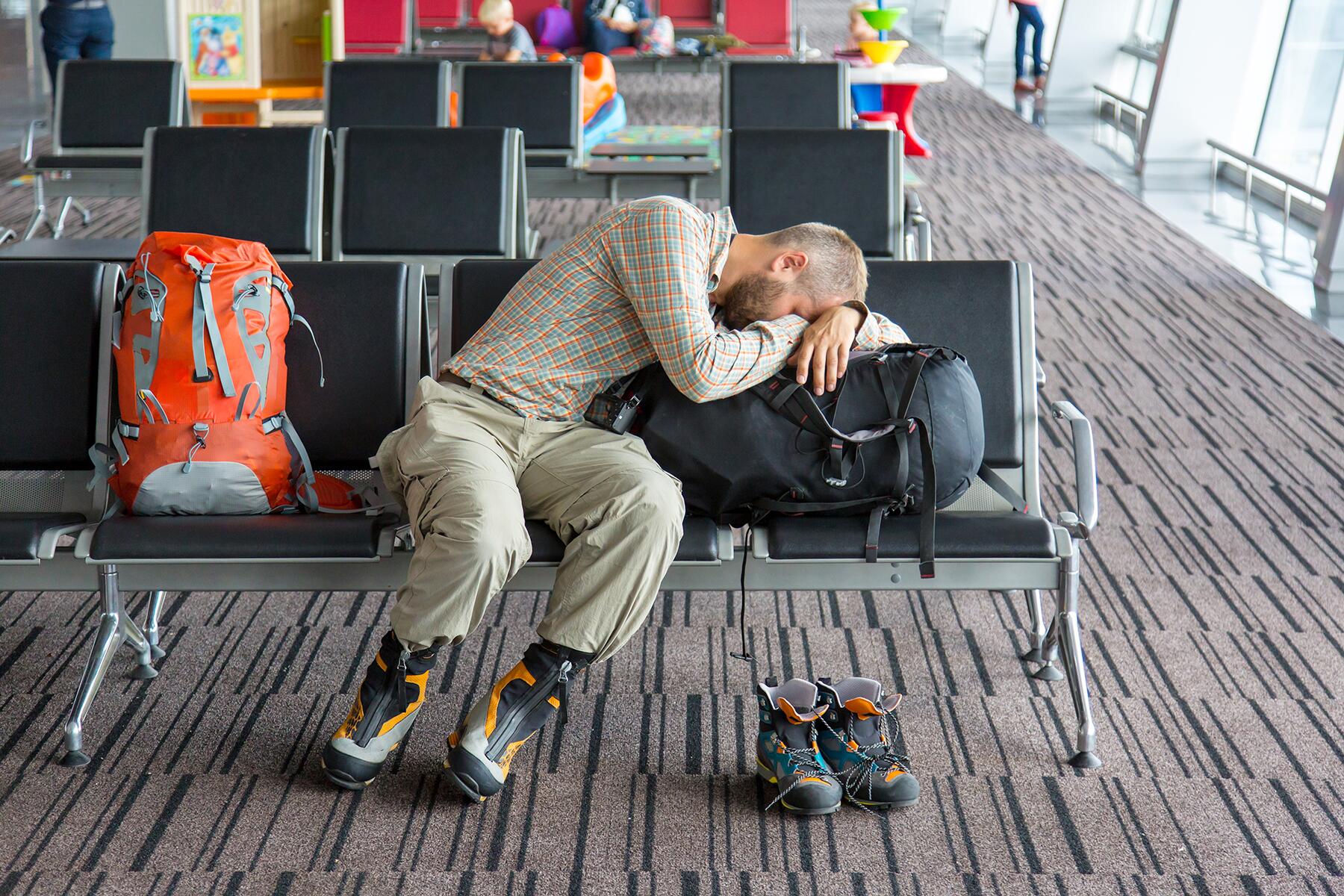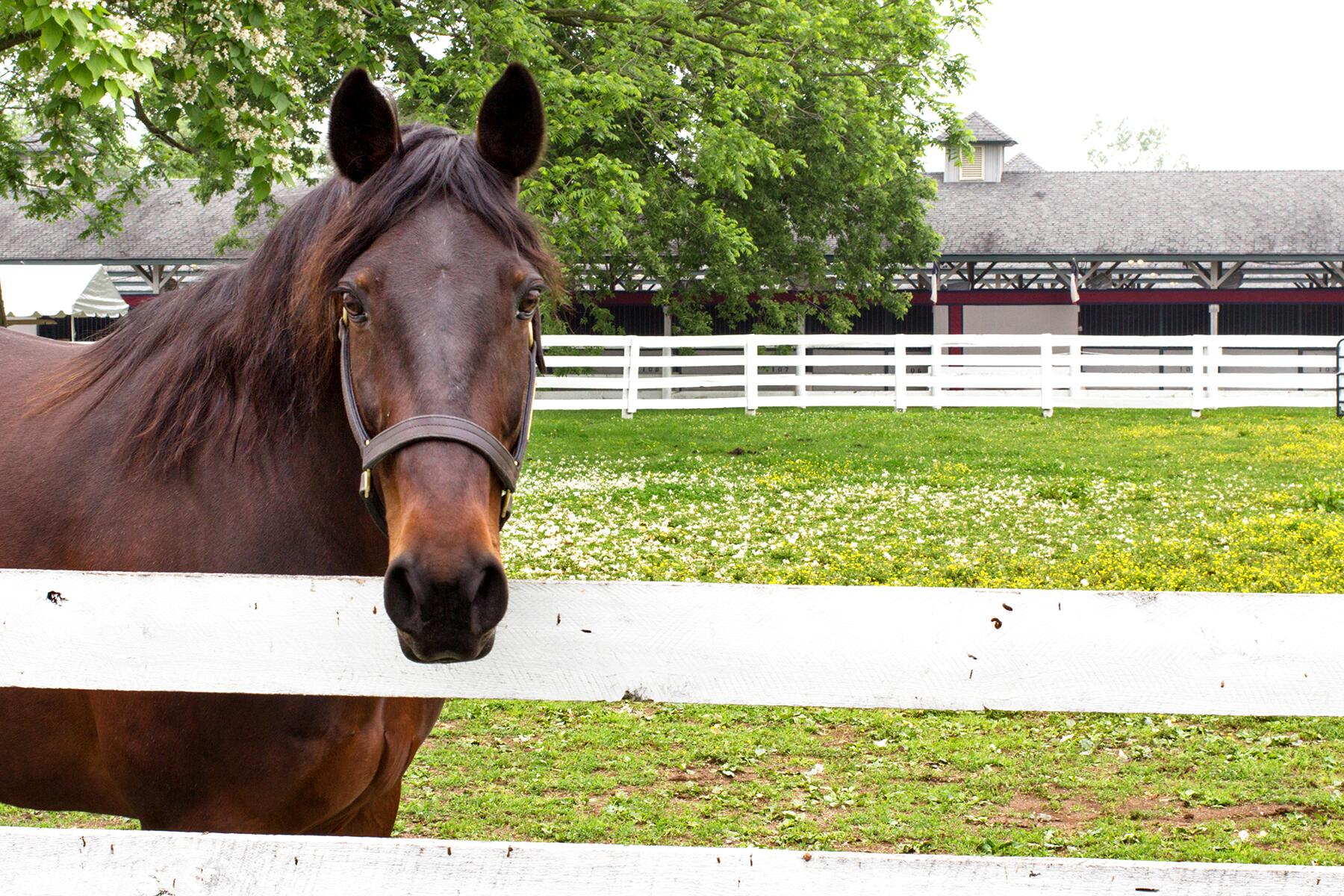Update: Churchill Downs announced on August 21 that the Kentucky Derby will be raced without fans in attendance. “With the current significant increases in COVID-19 cases in Louisville as well as across the region, we needed to again revisit our planning,” the race track said in a statement posted on their website. “We have made the difficult decision to hold this year’s Kentucky Derby on September 5 without fans. Churchill Downs and all of our team members feel strongly that it is our collective responsibility as citizens of Louisville to do all we responsibly can to protect the health, safety and security of our community in these challenging times and believe that running the Derby without spectators is the best way to do that. We deeply regret the disappointment this will bring to our loyal fans.”
In the last few weeks, major fall sporting events have been shutting out fans. First, the Indy 500 made the call, then several U.S. college football conferences postponed seasons, and, finally, the postponed Masters’ announced there will be no golf fans in attendance come November. But this is not the case for the Run for the Roses. On August 12, Churchill Downs and the Kentucky Derby confirmed that fans are still part of the plan, albeit with drastic reductions. But, as it stands now, between the Friday and Saturday of Derby Week, close to 50,000 people will be brought together, the largest sports gathering since March. And only the dubious cooperation of thousands of people in unity will make it safe.
Top Picks for You
Recommended Fodor’s Video
In any typical year, 150,000 people jostle shoulder to shoulder in Louisville, Kentucky on the first weekend of May, rain or shine. Clutching mint juleps, they stand on their seats and roar during the “greatest two minutes in sports.” That was exactly what everyone planned on when direct, reserved seating tickets for 2020 all but sold out last November.
Ah, we were all so naive.
Even a cultural icon has to contend with crowd-control in a pandemic. The postponement to September 5 was a bold step for an event that even world wars couldn’t stop. But making this the first fall Derby in the race’s 146-year history just delayed the real problem. There are just way too many people with golden tickets. With history, tradition, and a $345-million revenue boost for Louisville on the line, the organizers hoped to let it all ride and take a huge gamble on fans’ common sense.
As it stands now, between the Friday and Saturday of Derby Week, close to 50,000 people will be brought together, the largest sports gathering since March.
But as the COVID-19 numbers climbed in Kentucky throughout the summer, the massive gap between the paper plan and the reality of Churchill Downs was too much to ignore. An average Derby-goer faces long rideshare lines, packed shuttle buses, standstill shuffling through tunnels to the infield or bleacher seats, and swarms of people trying to cut paths to bourbon, betting, and bathrooms. The original plan of “encouraging” masks and reducing touchpoints for concessions and betting was laughable. More concerning was the lack of commitment to a clear reduction in numbers. Mask or no mask, shouldering through a drunken horde for eight hours was never going to be safe.
Then the inevitable. Three weeks from the kickoff of Derby week festivities, the script flipped: mandatory masks and temperature checks, thousands of signs and stickers for social distancing spots, rolling up the glitterati’s red carpet, canceled autograph sessions, and virtual fashion shows. Gone are the shuttles for stadium parking. Much to the delight of the racetrack’s neighbors, who sell everything from parking to comfy shoes to a bloody mary, attendees are encouraged to once again park on the side streets.
But the biggest change will happen right in the middle of the racetrack. Churchill Downs finally committed to a daily headcount—23,000. This means the Vineyard Vines mosh pit, better known as the infield general admission, is out. With that goes the most affordable tickets and youngest demographic. The infamous party zone, where you have a better chance of seeing young men racing across the tops of port-a-potties than the horse race itself, will be emptied of the most colorful characters on the scene.
So who wins the ticket lottery? So far, those with reserved outdoor seats are guaranteed a “comparable” spot, spread out of course. How Churchill Downs will take the almost 60,000 reserved seats sold down to 23,000 remains on the down-low. In June there were reports that Churchill officials were conducting an unprecedented RSVP, contacting ticket holders to see who was still going to show up. Skeptics of the process abound, especially since you could still buy official re-sale tickets through much of July.
If everyone behaves, people will wait in lines six feet apart. Mandatory masks will match hats as a new fashion staple. Attendees will sit away from each other and stay in their exposed seats all day, minimizing how often they leave their sections. And even if it rains all damn day (looking at you 2018), fans will stay in their distanced seats instead of cramming together under the grandstand. Guests will walk to their cars without stopping at the impromptu lawn and gas station parties that pop up around the racetrack. Finally, these tourists will spread their masses across the restaurants and hotels of Louisville to inject dollars into the economy without overwhelming the capacity restrictions.
If it all works as it should, this tradition will be stripped of the pageantry and bacchanalia that make it a global bucket list dream to even those who care nothing about horse racing. The Derby will be a shell of itself, but it will uphold history.
Speaking to that tradition and the year’s hardships in his statement, the Churchill Downs Racetrack President Kevin Flanery acknowledged, “The atmosphere at this year’s Kentucky Derby will not be the celebration it normally is. However, we’re optimistic that this time-honored event, which belongs to our community and our country, will serve as a progressive unifying force that can help bring us together.”
It would be easier and safer to go on without fans, as all the other races have this year (with record viewership and betting handles despite the sport’s controversies). Louisville has already taken the massive revenue hit with this reduction in demand. But we can’t make ourselves say no to fans. The Kentucky Derby is the latest example of our desperation for the comfort of the familiar, and our insistence that some normality is possible. It shines the spotlight on the ongoing ambivalence of “stay safe” and “gotta live while you can.” We still can’t accept that we are not in control of the pandemic, that we cannot shift it through the sheer will of wanting, and that we lack the fortitude to stay the course.
But maybe we are turning a corner. Because there wasn’t a unified outcry at the changes. No mandatory mask protests. No massive “coronabros” bashing from the infield. Maybe we’re getting it. Perhaps the most “progressive unifying force” this year’s Derby can offer is close to 50,000 people collectively acting safely for each other.
But if you’re betting, it’s likely one of the day’s long shots.




